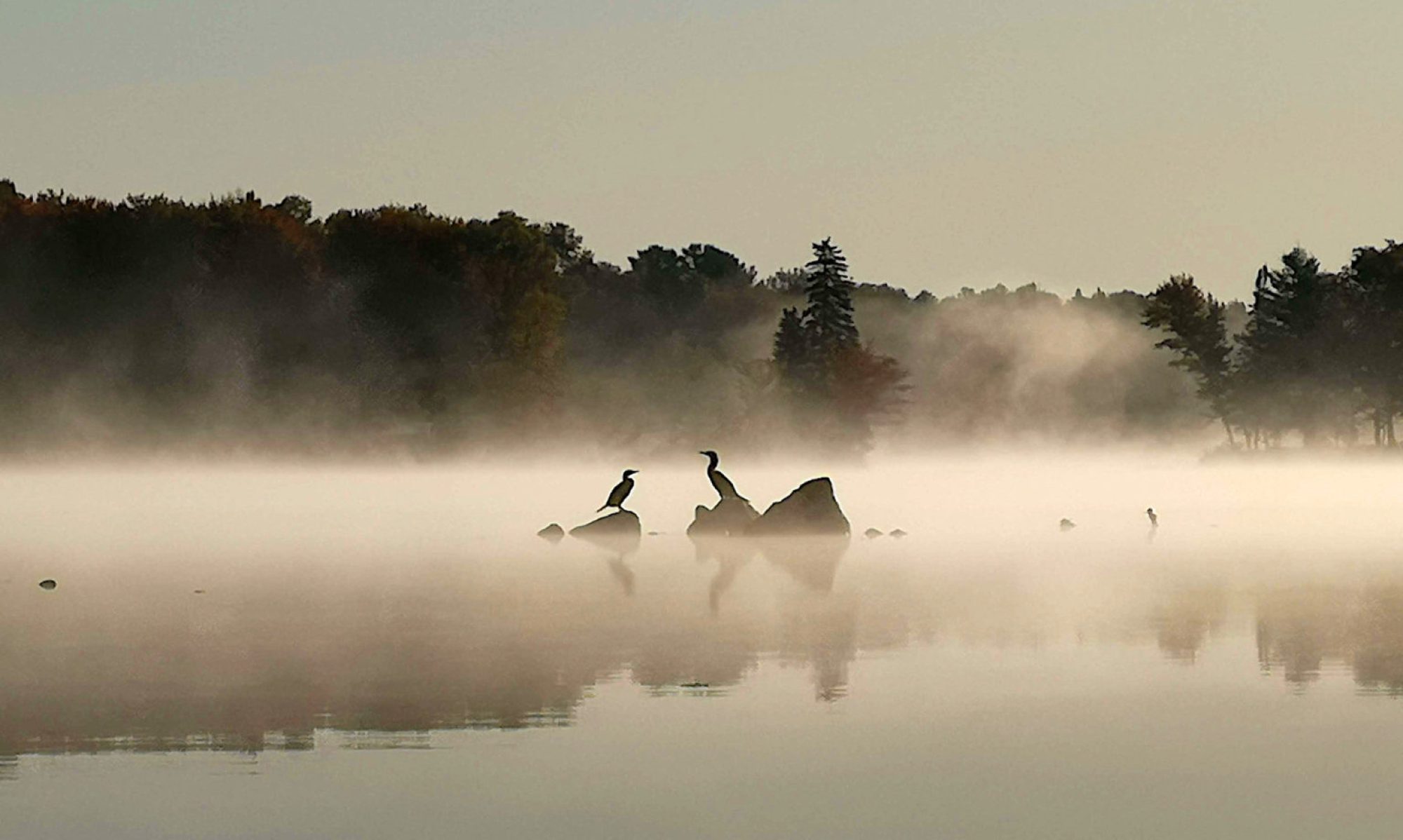As many people who have been reading this blog for awhile probably know, I work for the Globe and Mail, a daily newspaper based in Toronto, where I’ve been working since 1994 or so. I’ve written about the stock market, the rise of the Internet, moved out West to write about oil and gas, and then came back in 2000 to be the Globe’s first online columnist and its first blogger (before anyone — including me — really knew what that meant). For the past year and a half or so, I’ve been the newspaper’s “new media” reporter, writing about all the ways in which the Web and social media are changing the business of online content for newspapers, magazines, authors, musicians, actors, artists and just about everyone in between.
A little while ago, I was offered an opportunity at the Globe that I got pretty excited about: a position that we’re calling “Communities Editor.” What does that mean exactly? To tell you the truth, I’m not quite sure.
As far as I’m concerned, it means a chance to apply some of those Web 2.0, “media is a conversation,” social-networking principles (the kind we started the mesh conference to talk about) to the newspaper that I work for, instead of just writing about what other content producers are doing. We’re talking about blogs, comments, interactive features, Twitter, Facebook, and much more. Some attempts will fail. Others (hopefully) will not. The reality is that creating communities doesn’t happen overnight.
In fact, I would argue (and have argued) that it’s impossible to actually create a community at all, despite the fact that legions of companies are desperately trying to do just that. To use a real-world analogy, you can build houses and lay sidewalks and plant trees, but you can’t create a community — that’s something that happens organically, if you have all the right ingredients. What are those ingredients? I don’t think anyone has the answer to that, which is part of what makes it so fascinating.
When it comes to the Globe, I think that compelling, thoughtful content and commentary is a pretty good starting place for growing a community, and judging by the response since we launched comments on all of our news stories (the first newspaper in North America to do so, as far as I know), lots of other people think so too. I’m hoping we can build on that. But it’s going to take work, and more than a little risk as well.
As I told the senior editors at the Globe, in order for us to do this properly, we need to be committed to opening up our content in ways we haven’t even thought of — including some ways that might seem strange or contentious, and which could at least initially be met with considerable internal resistance. Among other things, we need to make it easier for people to find our content, share our content, link to our content and even make use of our content (in some cases to create their own content).
To me, that’s part of what “social media” means, and it’s the kind of thing that true communities take for granted.
Are we ready for that? To be quite honest, I don’t know. I hope so. But the reality is that unless we are sincere in our efforts, then we might as well not bother. As I said when I accepted the job, if what we’re talking about is creating the appearance of conversation, a Potemkin village that creates the illusion of a community, or using social-media tools solely to spam readers with advertising, then we have already failed. Creating a real community is infinitely harder — but I think it can also be substantially more rewarding, and that’s what I’m hoping to work towards.
As far as this blog goes, I’m going to continue to write about most of the things I’ve been writing about up until this point — social media, new business models, and so on. I think the challenges that newspapers like mine are facing are more or less the same as the challenges facing the music industry, the movie business, book publishers and pretty much any other content-related industry you can think of. And I hope to be able to tell you about some of the things we’re experimenting with or thinking about, and get feedback from you on what to do or how best to do it (feel free to tell me when and where we are blowing it as well). Should be a fun ride.
